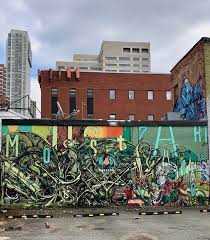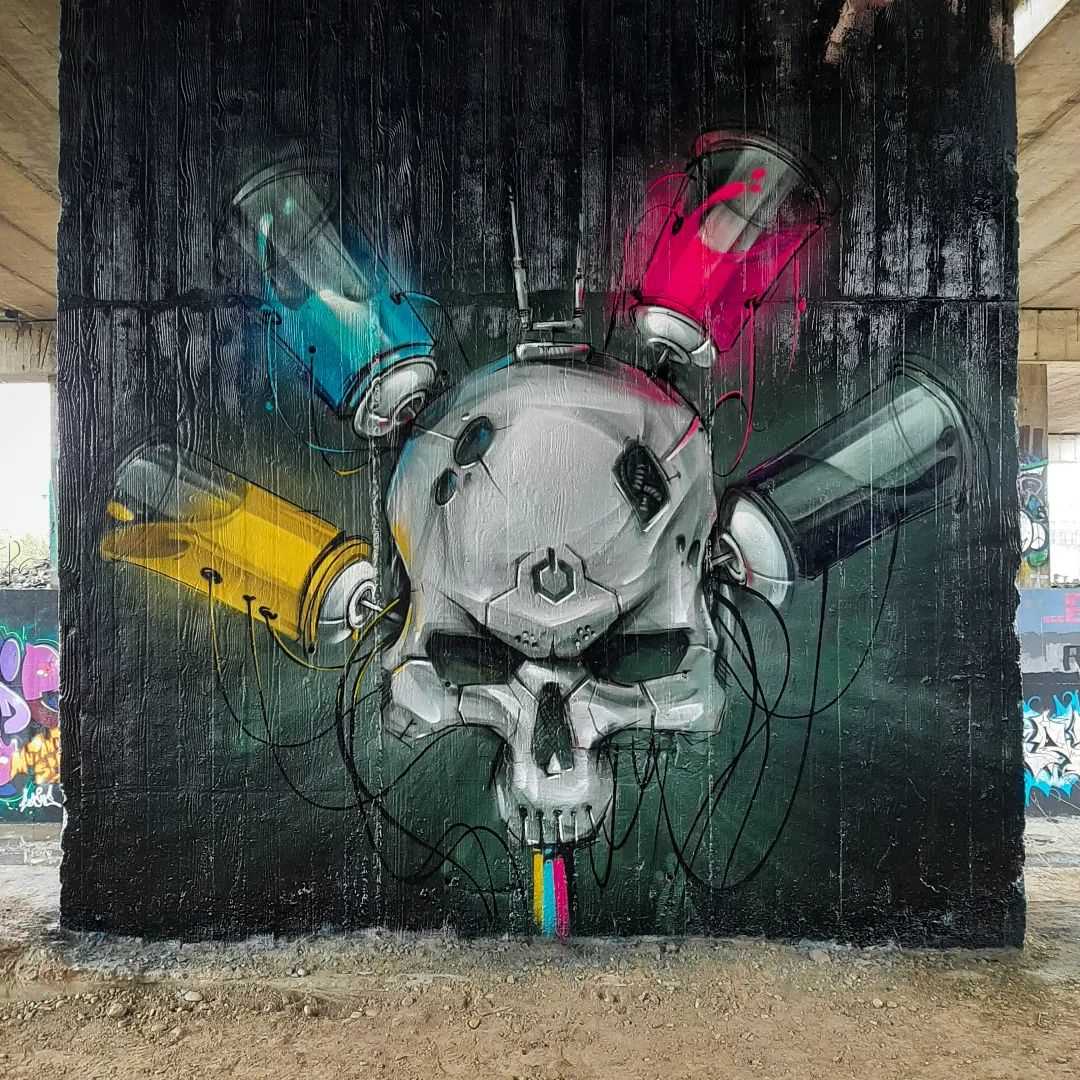In the world of urban art, graffiti has emerged as an influential and captivating form of expression. With its roots in the streets, this art form has taken on new life, transforming walls and spaces into vibrant works of art. Graffiti artists have mastered the art of using spray paint, stencils, and creativity to breathe life into once dull surfaces.
What sets graffiti apart is its ability to tell a story, convey a message, or spark emotions in the viewer. It is a powerful form of visual communication that transcends language barriers and captures the essence of the streets. From political statements to social commentary, graffiti artists use their work to make a statement and challenge the status quo.
In the world of graffiti, there are masters who have perfected their craft. These artists have honed their skills and developed unique styles that set them apart from the rest. Their work inspires awe and admiration, and their names are whispered among urban art enthusiasts. They are the true masters of urban creativity.
What makes these graffiti artists masters is not just their technical skill, but also their ability to push boundaries and think outside the box. They break the rules and defy expectations, transforming ordinary walls into extraordinary canvases. With each stroke of the spray can, they create magic, turning drab and lifeless surfaces into living, breathing works of art.
Whether it’s the intricate details, the bold use of color, or the clever placement of their work, graffiti artists are the true masters of urban creativity. They bring beauty to the streets, turning them into open-air galleries for all to enjoy. Their work is a testament to the power of art and its ability to transform and inspire.
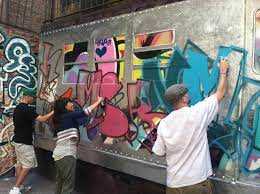
In the world of graffiti, the tag is the signature of a street artist. It is a unique and personalized way for artists to leave their mark on the urban landscape. The tag is often a stylized version of the artist’s name, created using a combination of letters, numbers, and symbols. It serves as both a form of identification and a way for artists to establish their presence in a particular area.
Tags can be found in various locations, from walls and buildings to subway cars and bridges. Street artists strategically place their tags in highly visible areas to maximize exposure and gain recognition. They often use spray paint or markers to create their tags quickly and efficiently.
The tag is an essential element of graffiti culture and is deeply rooted in its history. It originated in the 1960s when young artists began leaving their signatures, or “monikers,” in public spaces. Over time, tags evolved into intricate and elaborate designs, reflecting the unique style and artistic flair of each individual artist.
Street artists take great pride in their tags and often spend hours perfecting their signature. They experiment with different lettering styles, colors, and techniques to create a visually striking and memorable tag. Some artists even incorporate symbols or icons into their tags to add further meaning or symbolism.
While tags are often associated with illegal graffiti, many street artists have successfully transitioned from the streets to galleries and museums. Today, their tags are celebrated as works of art and are recognized for their cultural and artistic significance.
The tag is not just a signature; it is a reflection of the artist’s identity and their contribution to the urban creative landscape. It represents their passion for self-expression and their desire to leave a lasting impact on the world around them. Whether you love it or hate it, the tag is an integral part of graffiti culture and will continue to be a prominent feature of urban art.
The Creative Process of a Graffiti Artist
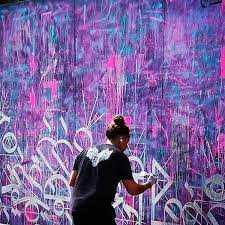
- Inspiration: The first step in the creative process of a graffiti artist is finding inspiration. This can come from a variety of sources such as urban landscapes, social issues, or personal experiences. The artist may also draw inspiration from other artists, both within the graffiti community and from other artistic disciplines.
- Concept Development: Once inspired, the graffiti artist will develop a concept for their artwork. They will consider the message they want to convey and how they can visually represent it using their unique style and artistic techniques.
- Surface Selection: Choosing the right surface is an essential part of the creative process for a graffiti artist. They must consider factors such as visibility, durability, and legality. Some artists prefer the challenge of illegal spaces, while others focus on legal walls and commissioned projects.
- Sketching and Planning: Before starting the actual artwork, the graffiti artist will often create a sketch or plan. This allows them to visualize their concept on the chosen surface and make any necessary adjustments before beginning the painting process.
- Execution: Once the planning is complete, the graffiti artist begins the execution phase. They use various materials such as spray paint, markers, and brushes to bring their concept to life. This stage requires precision, control, and creativity to achieve the desired outcome.
- Finishing touches: After completing the main artwork, a graffiti artist may add finishing touches to enhance the overall composition. This can include adding additional details, highlights, or effects to create depth and visual interest.
- Reflection and Evaluation: The final step in the creative process of a graffiti artist is reflection and evaluation. They assess their artwork and consider how it aligns with their original concept and vision. This reflection helps them improve their skills and grow as an artist.
The creative process of a graffiti artist requires a combination of technical skill, artistic vision, and a deep understanding of the urban environment. It is this unique blend that allows graffiti artists to create powerful and impactful artworks that contribute to the vibrant culture of the urban landscape.
Spray Paint: The Artist’s Choice
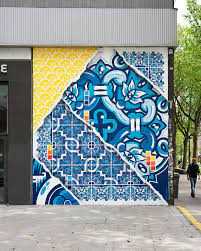
One of the main advantages of spray paint is its ability to create bold and eye-catching designs. The high pressure of the aerosol spray allows artists to create sharp lines and intricate details that would be difficult to achieve with other painting techniques. Additionally, the quick-drying nature of spray paint helps artists work rapidly, allowing them to capture the spontaneous energy and movement associated with graffiti art.
Another reason why graffiti artists prefer spray paint is its durability and weather resistance. The outer layer of spray paint forms a protective barrier that helps prevent damage from the elements, such as rain and sun exposure. This quality is crucial for graffiti art, which is often created in outdoor public spaces and needs to withstand the test of time.
Graffiti Art vs. Street Art: Blurring the Lines
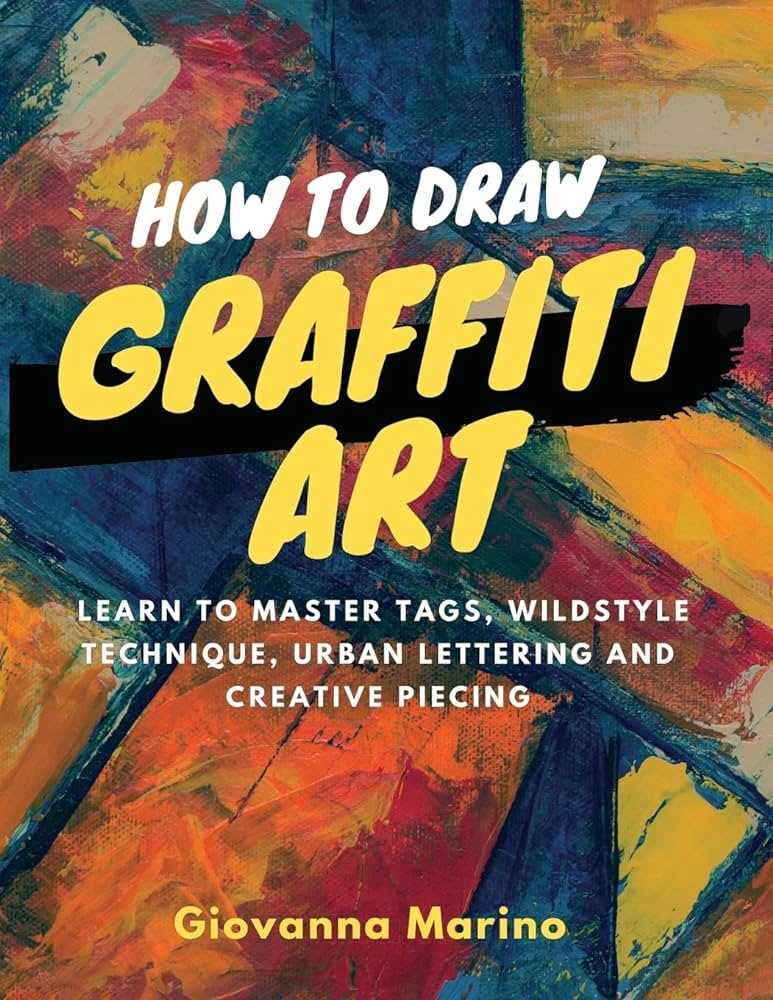
The world of urban creativity is constantly evolving, with new forms of artistic expression emerging on city streets around the globe. Two of the most prominent styles are graffiti art and street art. While these terms are often used interchangeably, there are some key differences that blur the lines between the two.
Historically, graffiti art was associated with illegal, unsanctioned tagging and vandalism. It was a form of expression that thrived in subcultures and was often seen as a rebellious act against authority. Graffiti artists would use spray paint and other tools to create elaborate murals, tags, and pieces on public surfaces.
On the other hand, street art refers to a broader spectrum of artistic practices found in urban environments. It encompasses a wide variety of mediums, including stencils, wheatpasting, and installations. Unlike graffiti art, street art can be both legal and illegal, depending on the context and permission of the property owner.
One of the main differences between graffiti art and street art is the intention behind the artist’s work. Graffiti art tends to focus more on self-expression, individualism, and asserting one’s presence in public spaces. It often carries social and political messages, aiming to challenge the status quo or make a statement about socio-cultural issues.
Street art, on the other hand, is more inclusive and seeks to engage with the public. It often incorporates elements of pop culture and uses public spaces as a canvas for creativity. Street artists aim to beautify or transform urban landscapes, creating visual experiences that can be appreciated by anyone who encounters them.
However, the distinction between graffiti art and street art is not always clear-cut. Many artists blend these two styles, merging the rebellious spirit of graffiti art with the inclusivity and accessibility of street art. These artists might use spray paint and stencils to create intricate murals with thought-provoking messages, blurring the lines between the two forms.
Urban Canvases: The Lifeblood of Graffiti Artists
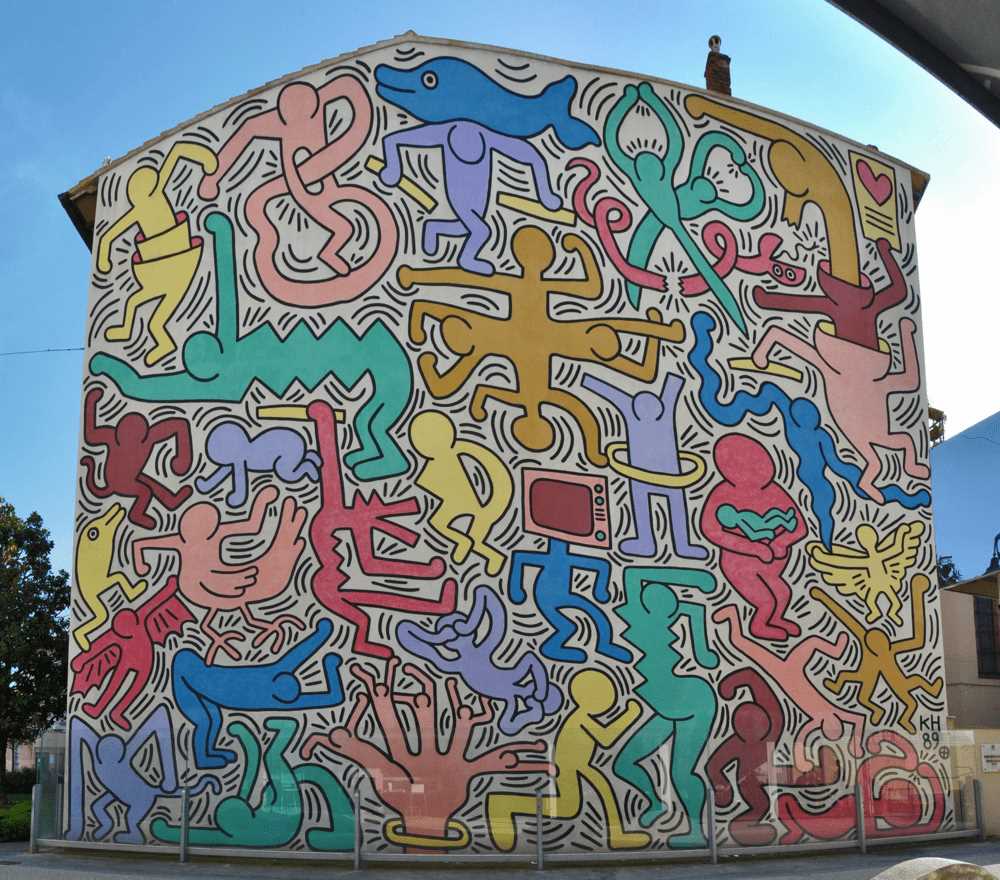
The allure of the urban canvas lies in its rawness and imperfections. It’s a blank slate waiting to be filled with color, creativity, and meaning. With spray cans in hand, graffiti artists defy societal norms and express themselves in ways that captivate the viewer and challenge conventional notions of art.
But the relationship between graffiti artists and their urban canvases extends beyond mere self-expression. Graffiti is a form of communication – a way for artists to connect with their communities and leave their mark on the city. Through their art, graffiti artists can shed light on social issues, spark conversations, and inspire change.
Yet, the graffiti artist’s journey is not without obstacles. While some view their work as vandalism, graffiti artists see it as a way to reclaim public spaces and make them more engaging and inclusive. They navigate a fine line between artistic expression and destruction, often facing legal consequences and societal backlash.
Despite the challenges, graffiti artists continue to thrive and leave their mark on the urban landscape. Their art challenges the status quo, beautifies neglected spaces, and connects communities. The urban canvas is their playground, their sanctuary, and their lifeline in a world where their voices are often silenced.

I am a mural enthusiast and a fervent admirer of street art. Rather than creating murals myself, I am passionate about collecting them. My love for street art knows no bounds. I am dedicated to curating and cherishing these artworks that grace the streets. My collection stands as a testament to my profound appreciation for this form of artistic expression.
read about me

